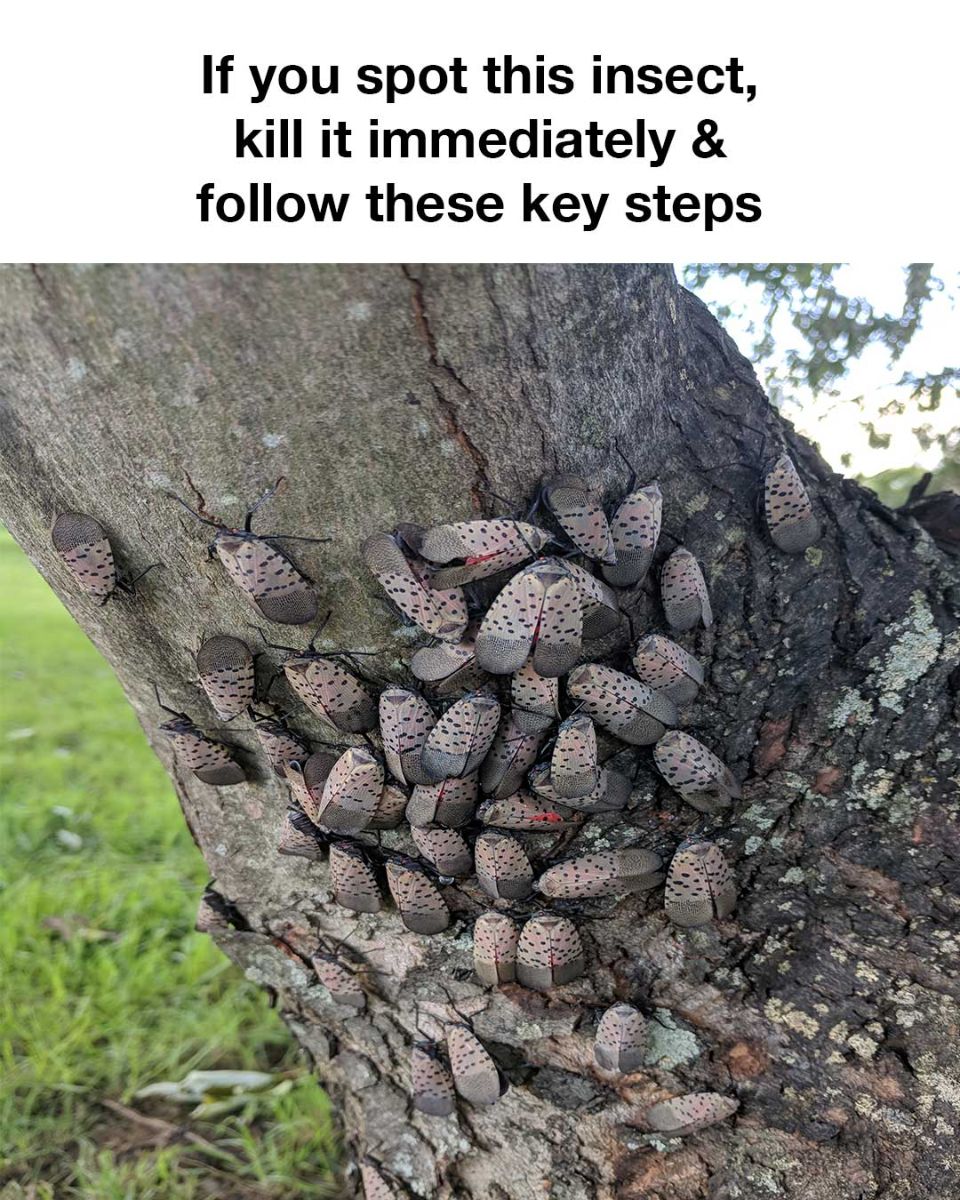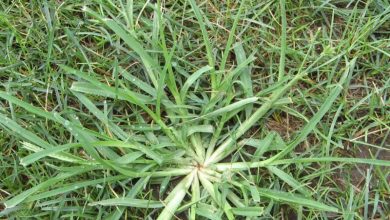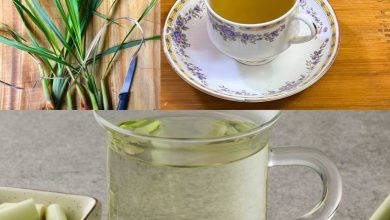A Colorful Culprit with a Destructive Appetite
Characterized by its striking appearance – a gray body adorned with black spots and vibrant red and black hind wings – the adult spotted lanternfly is undeniably captivating. However, its beauty belies its destructive nature. This sap-sucking insect feeds on over 70 plant species, including grapes, apples, and maples, causing severe damage to crops and trees.

Economic and Environmental Devastation
The spotted lanternfly’s impact extends far beyond aesthetic concerns. Its feeding habits weaken plants, making them susceptible to diseases and reducing crop yields. The agricultural industry, particularly vineyards and orchards, faces substantial economic losses due to this invasive pest.
Beyond agriculture, the lanternfly’s destructive tendencies harm native ecosystems. Its feeding on trees can lead to dieback, impacting wildlife habitat and overall forest health. Moreover, the sticky substance excreted by these insects, known as honeydew, creates a breeding ground for sooty mold, further damaging plants and creating unsightly messes on outdoor surfaces.








